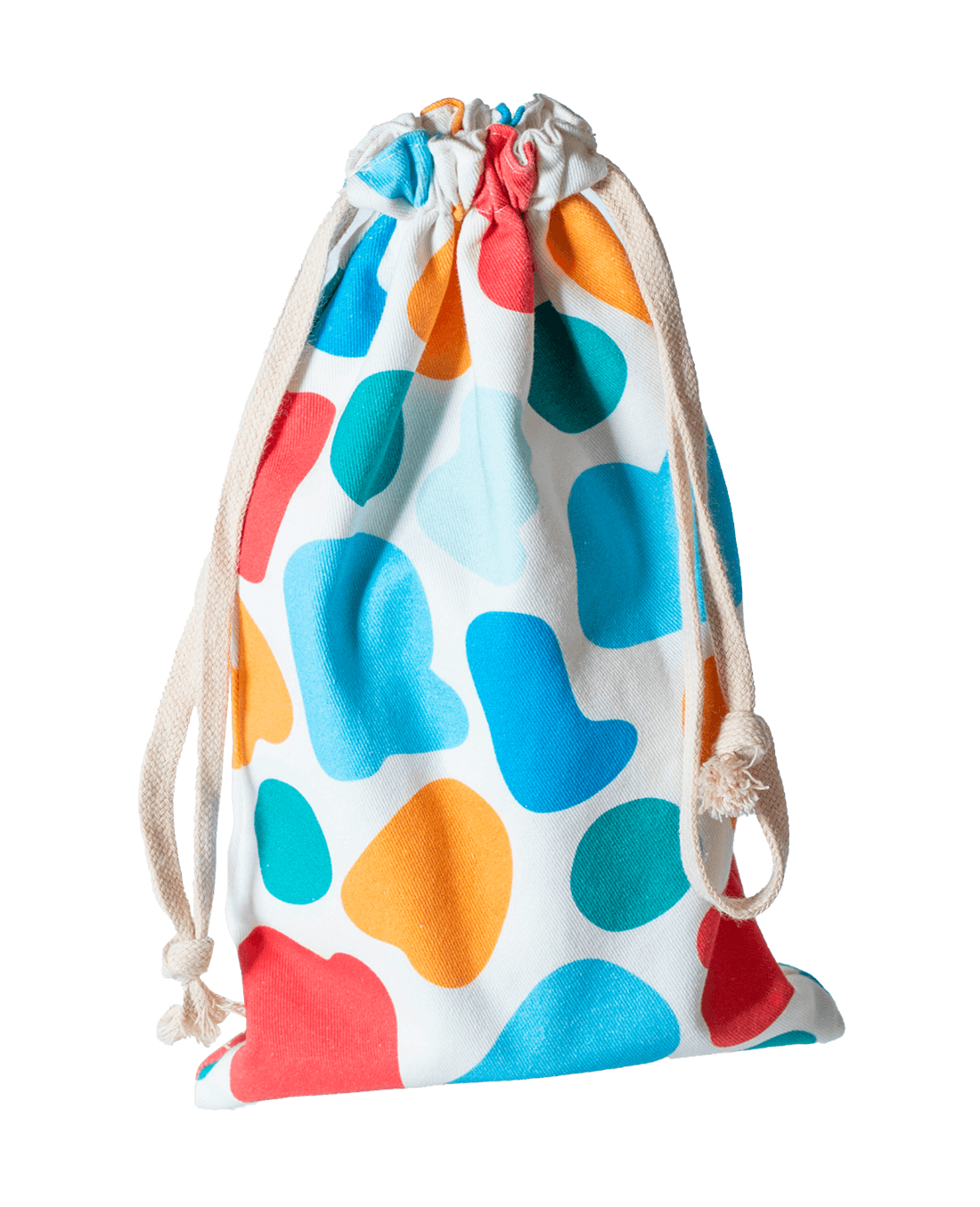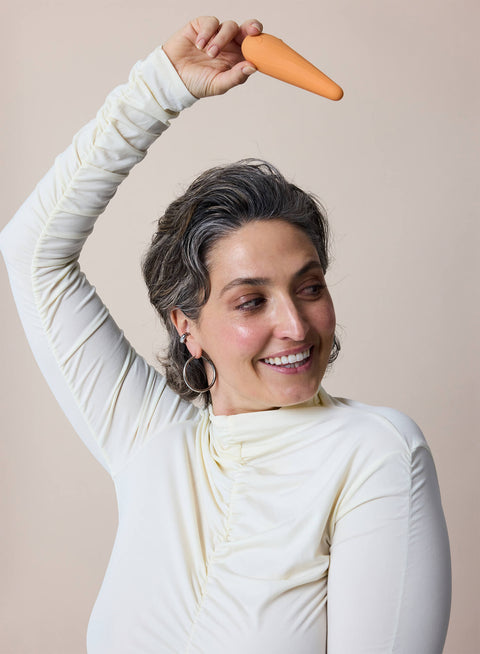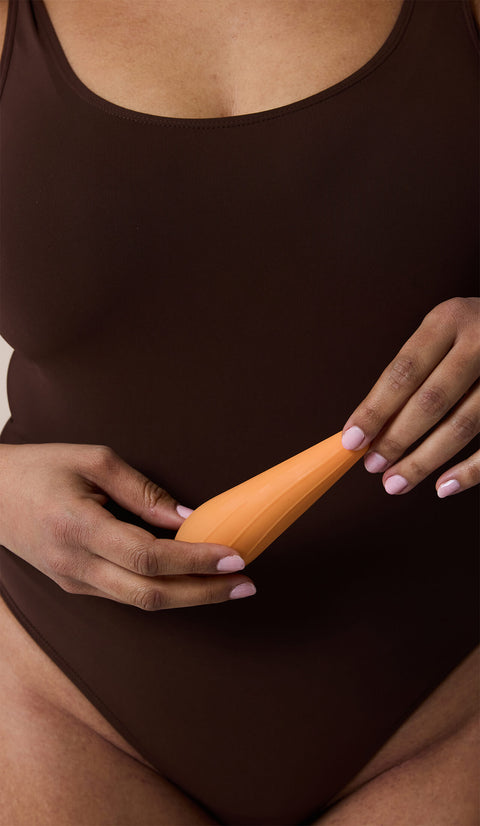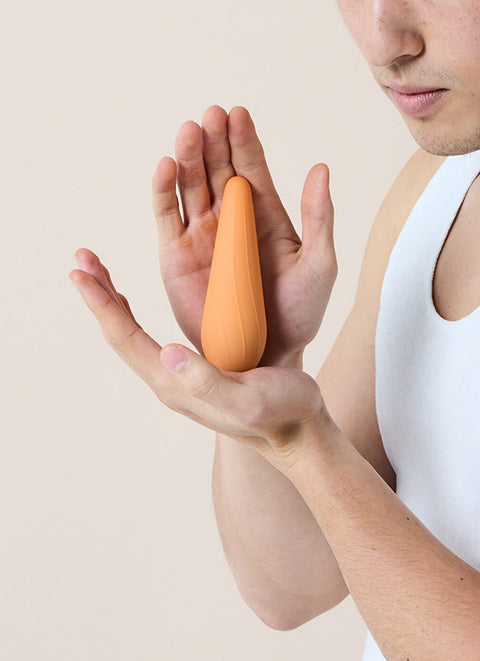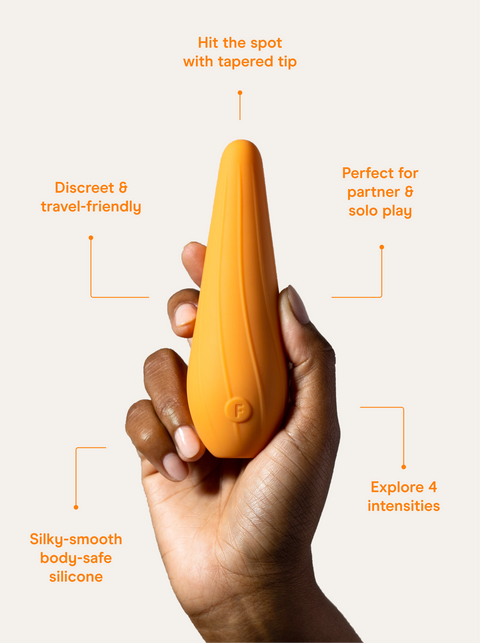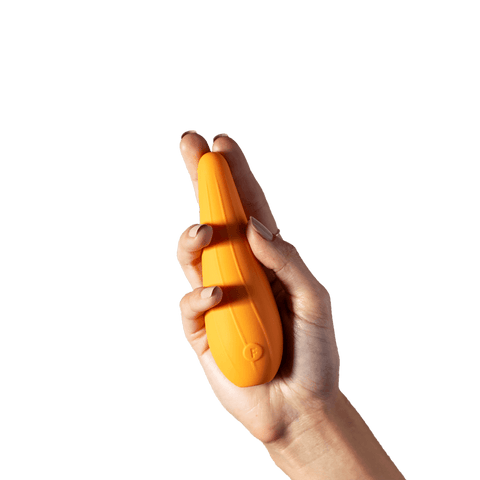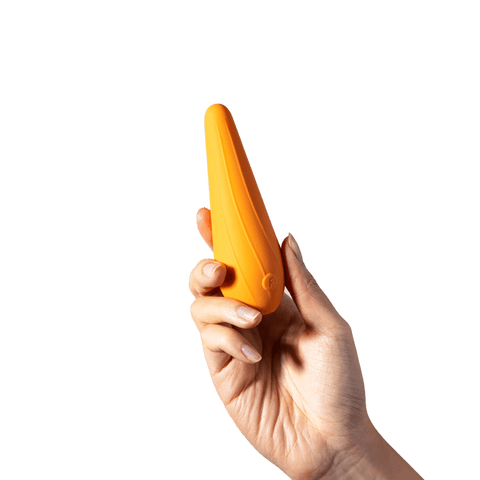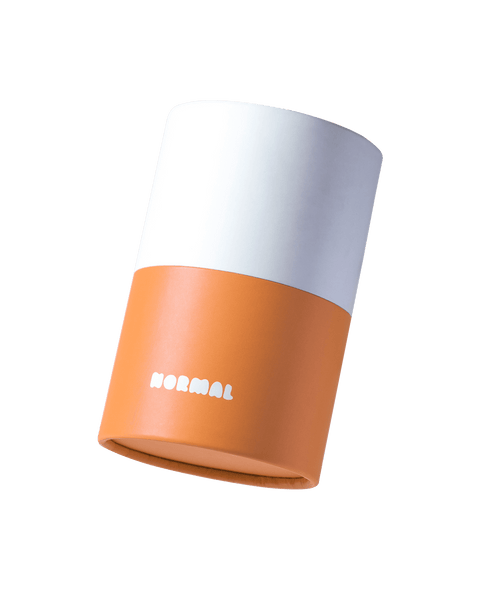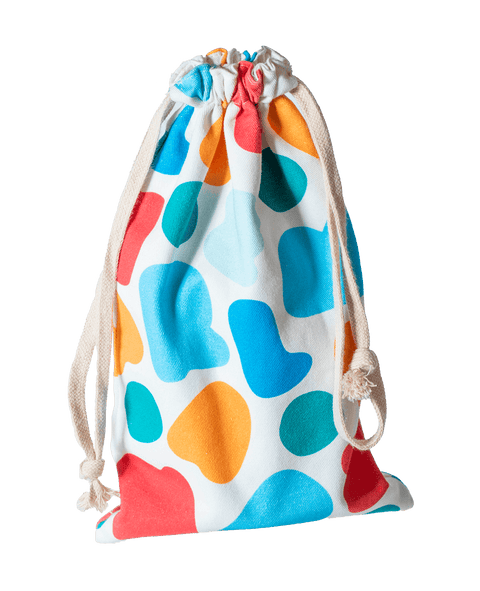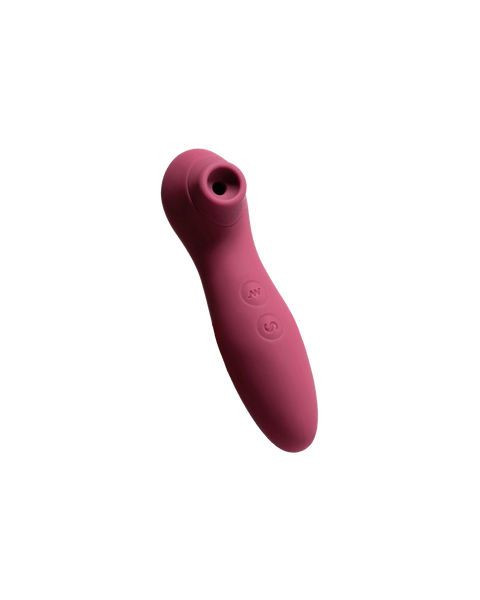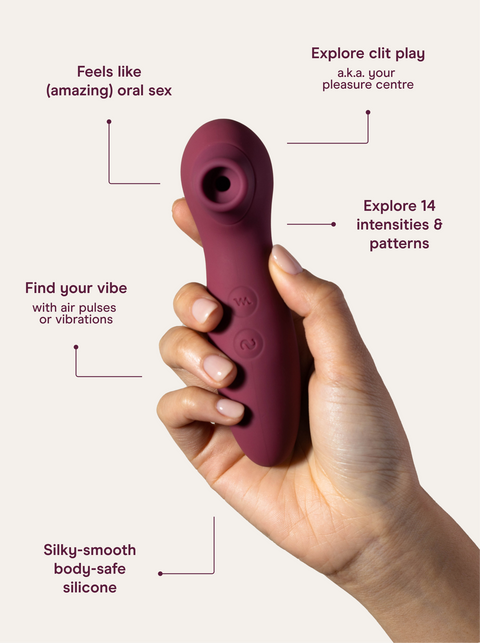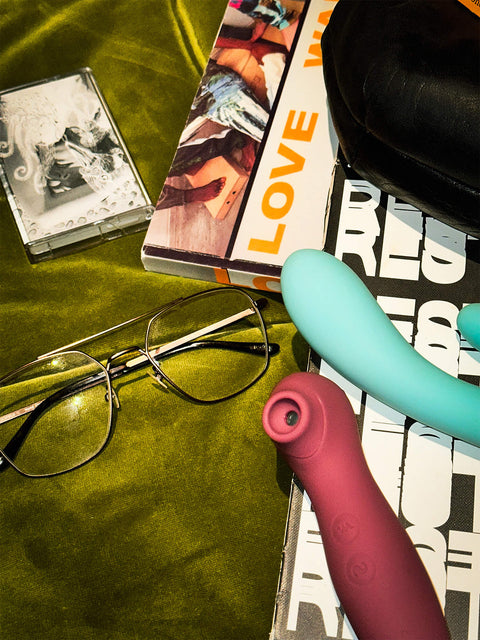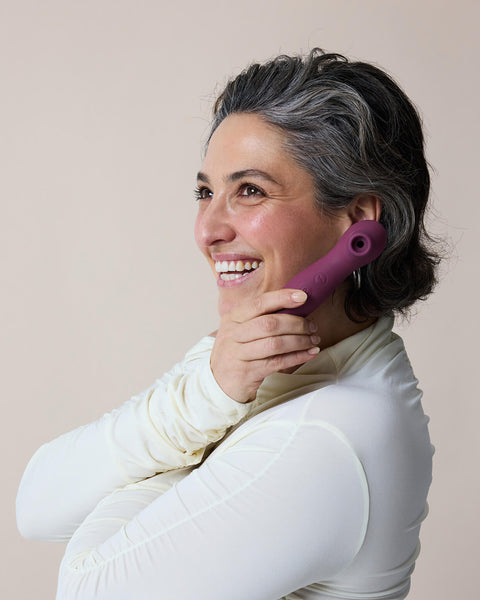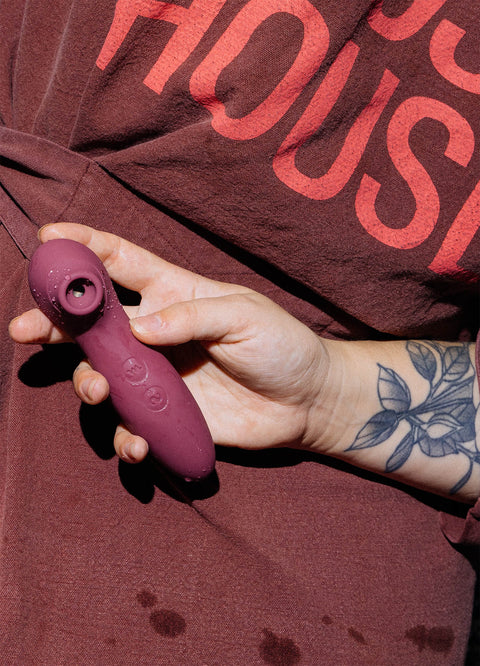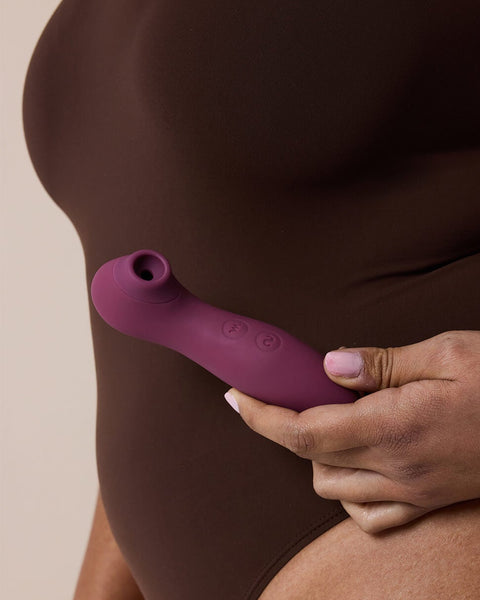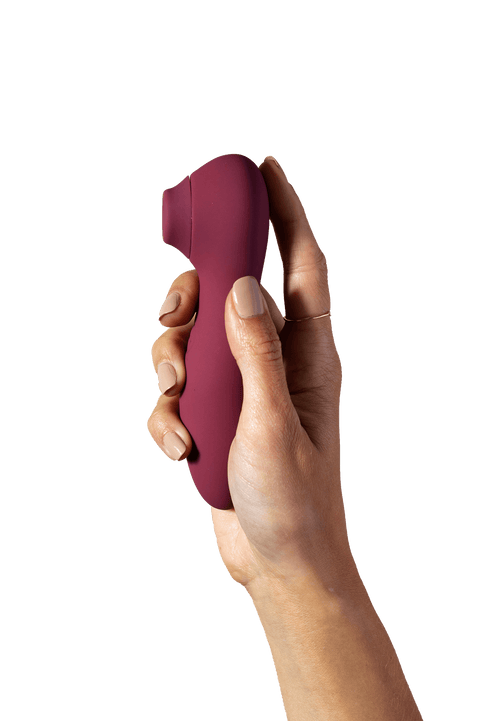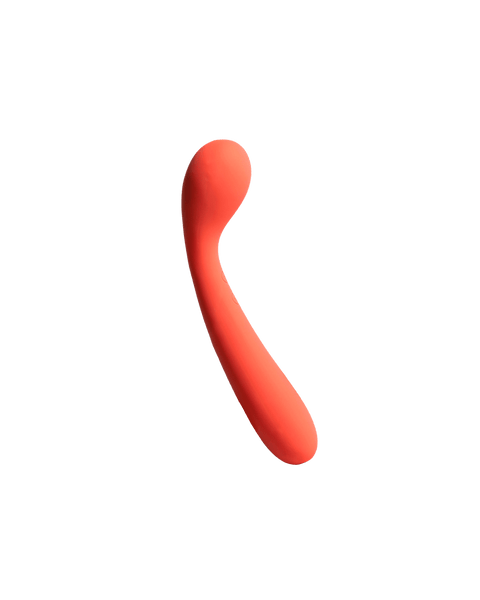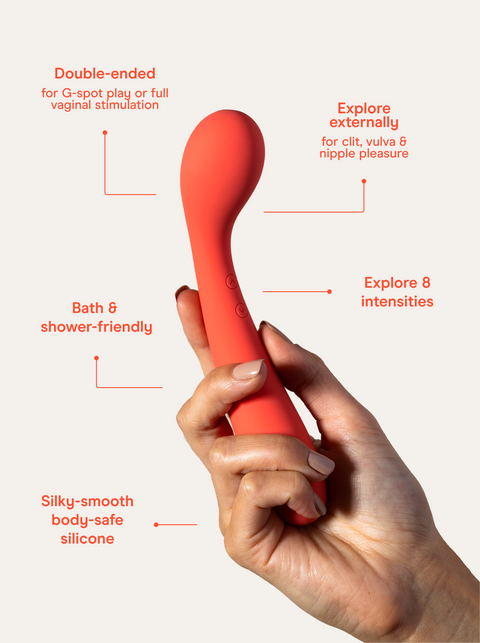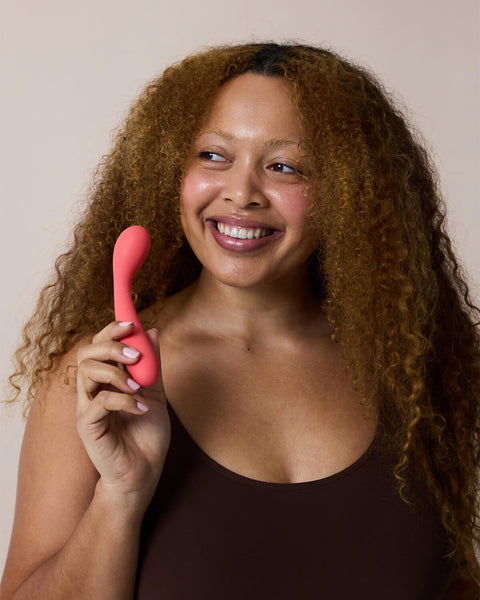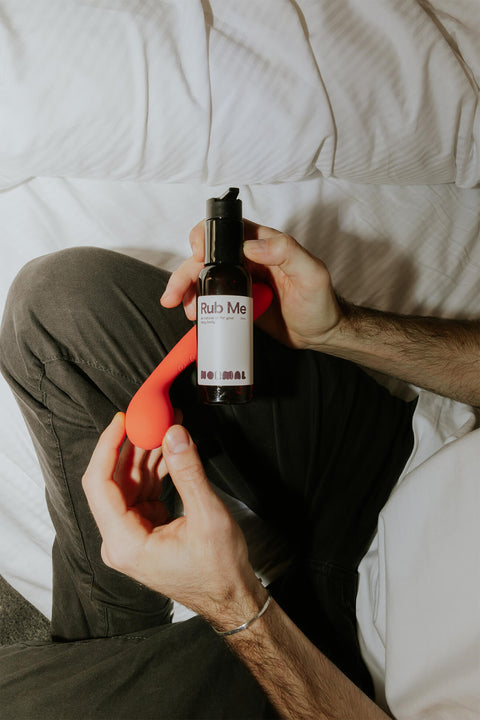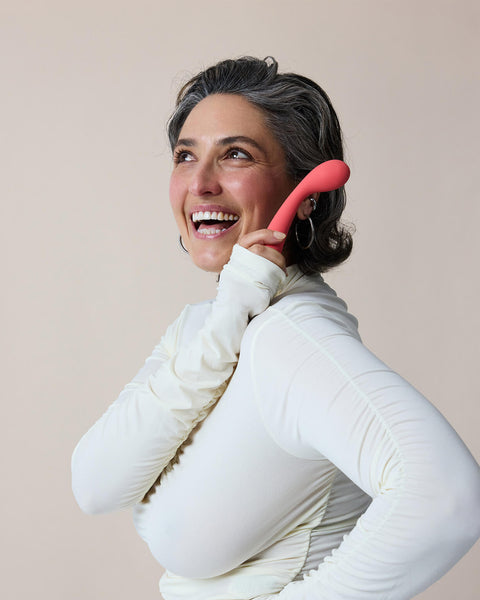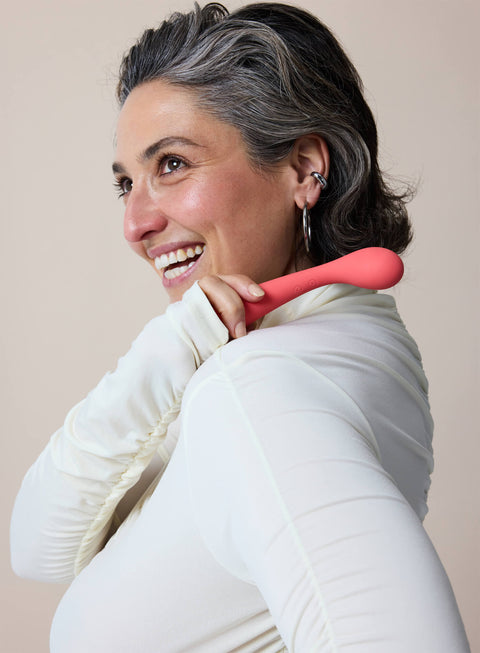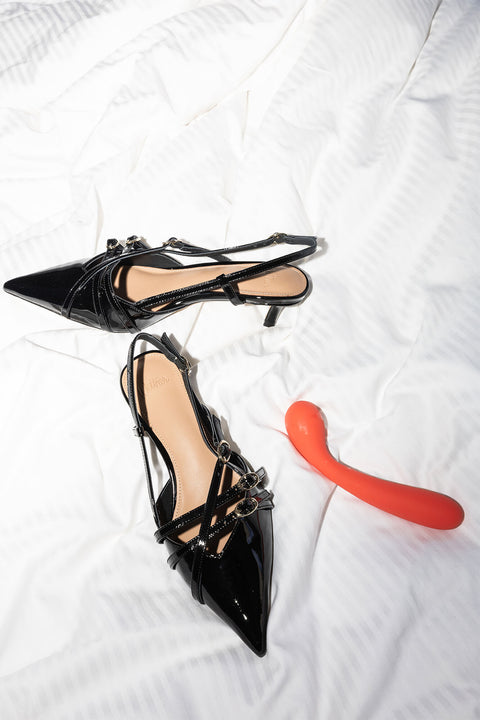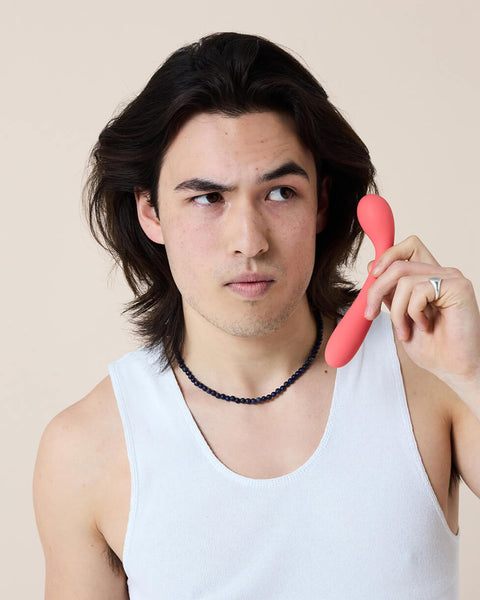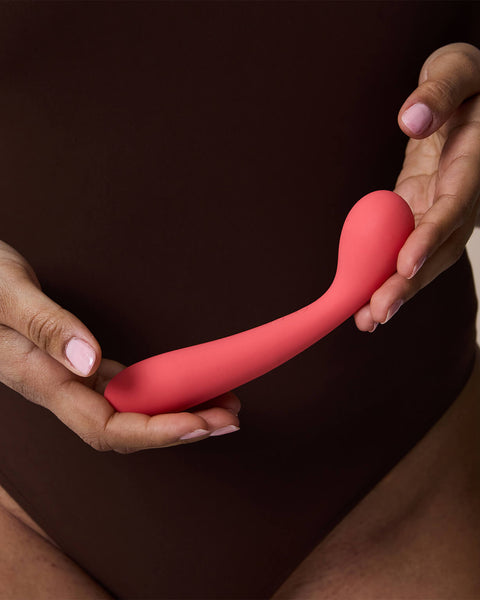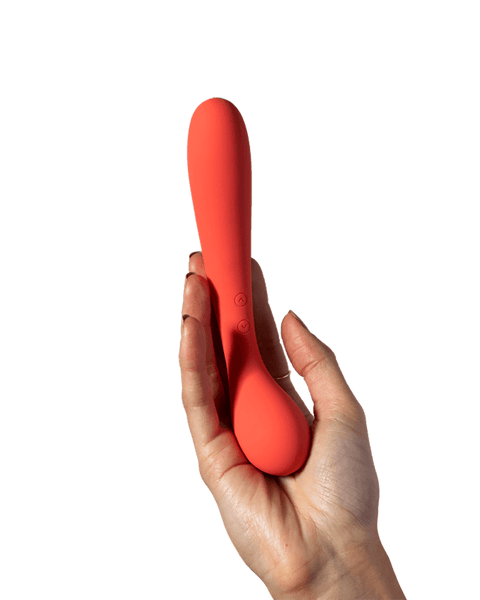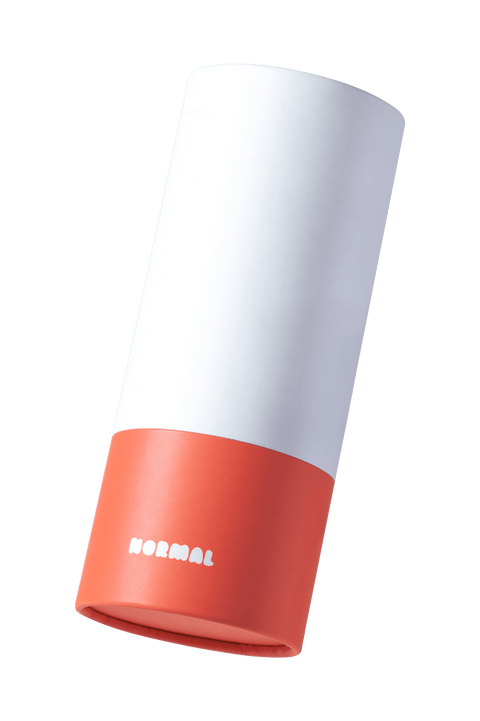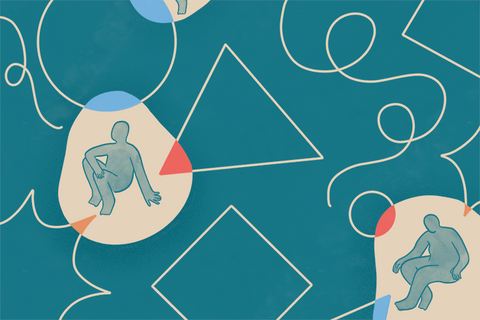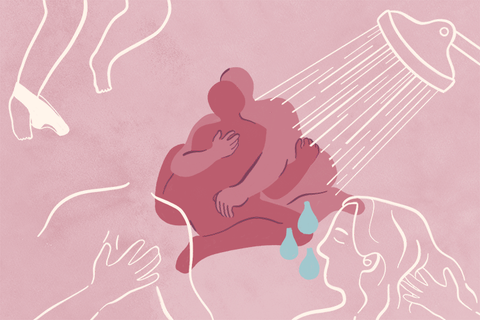Why there’s no such thing as ‘normal’ down there
Most of us probably studied anatomy in high school—or at the very least, we remember that the foot bone is connected to the leg bone, which is connected to the knee bone, and so on.
But how many of us have an intimate knowledge of our own sexual anatomy?
We might be able to tell our knee from our elbow, but do we know the difference between a vulva and a vagina? A colon and a sphincter? And what about the external prostate—where exactly is that?
Historically there has been a lot of misinformation, miseducation, and outright stigma surrounding our bodies.
Most of us have been brought up in a world where it’s common—even encouraged—to feel a little bit ashamed of our sexual organs.
And when we feel shame around our anatomy, it can be tough to educate ourselves on how truly great and fascinating it really is.
So we’re going to try to demystify anatomy. We’re going to look at all of our most intimate parts and talk about what they do, how they function, and what’s considered ‘normal’ down there.
Nipples and breasts
Almost everyone has nipples. Most of us have two of them, but some people can be born without one or more of their nipples (this is a condition called athelia) and some people can be born with more than two nipples.
In an interview, Harry Styles famously talked about having four nipples!
The nipples are surrounded by a patch of skin called the areola: this is usually darker than the rest of our skin, and can be bumpy or hairy.
Our nipples have one main purpose, and in female-bodied people that’s to express milk from our mammary glands for a baby to drink.
But nipples and breasts are also an erogenous zone, which means they can be stimulated for sexual pleasure—some people can have orgasms solely from nipple stimulation, some don’t enjoy having their nipples touched at all, and others simply enjoy nipple stimulation as part of foreplay and sex.
If you’ve ever wondered why male-bodied people have nipples too, it’s because nipples are formed in the womb long before our reproductive organs are.
Nipples aren’t an ‘optional extra’ on the human body, they’re included from the beginning! As we get older, a hormone called estrogen influences whether or not breasts grow along with our nipples.
This hormone is found in people of all sexes, so it can encourage breast tissue growth in male-bodied people as well.
It’s pretty common for men to have some amount of breast tissue, although just like in women, weight and hormones can influence how much of it we have.
The media tends to show us only one kind of breast: perky, big but not too big, and with small, pink nipples.
Of course, these aren’t the only kind of breasts out there! Breasts can be large or small; they can be different sizes; and they can have hair on them, especially around the areola.
Nipples and areolas can also vary in size, shape, and colour—notably, they can get larger and darker as you get older, or if you’re pregnant.
Here’s a great website with lots of photos of different breasts if you’re curious to see what breasts actually look like.
It’s normal for our breasts to change over the course of our lives, especially if we lose or gain weight, take hormones, or get pregnant.
However, we should also regularly check our breasts for warning signs of breast cancer. People of all genders can get breast cancer, not just women.
If you notice any changes in your breasts that you’re concerned about, we recommend you speak with a doctor.
The butt
Anus, bum, butt—whatever you call it, almost all of us have one! Between our butt cheeks is our butthole, or our anus.
The anus connects to the rectum, which is the final part of our colon, which in turn is the last part of our gastrointestinal tract.
Food waste, or poo, leaves our body through the gastrointestinal tract and exits through the anus. Male-bodied people have a prostate inside the anus, about two or three inches in.
The prostate helps the body expel fluid from the penis, and it can also be stimulated during anal play.
Some people like to stimulate their anus during sex with toys, fingers, mouths, or penises.
We wrote a big Guide to Anal Sex that we recommend checking out if you want to try anal stimulation, but to offer some quick advice we’ll say that you should always use lube when inserting things into the anus, you should always take it very slowly, and you should only insert things that have a ring-pull or flared base on them.
Unlike the vagina, the anus doesn’t have a natural ‘end’—as we now know, it connects straight to your colon and gastrointestinal tract.
If you put something up your anus without a flared base, it can move further inside your body and cause severe pain and damage.
The anus doesn’t really have a lot of visible differences in different people aside from its colour—like nipples, anuses are usually a bit darker than the colour of our skin so they can be anything from light pink to dark brown.
There can also be hair around the anus, between the butt cheeks, and on the butt cheeks.
Like nipples, sometimes the media and porn only shows us one kind of butt, but it’s very normal for butts to be all different sizes, shapes, and colours, with hair and stretchmarks on them.
The 1001 Fesses Project photographs butts in all their fabulous, diverse glory if you’d like to see what some real butts look like.
Penises
We all probably saw a cartoon penis drawn on a desk in high school, but how many of us know what the ‘average’ penis really looks like?
Well, it turns out there’s really no such thing as average—more on that in a moment—but we can tell you a bit about penis anatomy.
The penis is made up of a few different parts: the glans (or the head), the shaft, and the urethra; and then the testicles (or balls) underneath and the scrotum, which is the skin that contains the balls.
Some people also have a foreskin, which is a piece of skin that covers the head of the penis. Circumcision means the foreskin is removed; and circumcision is also a pretty complex and personal topic.
The penis is generally used for three things: urinating, masturbating, and having sex. The urethra, at the centre of the penis, expels urine and semen.
Most of the time penises are soft, but when someone is aroused, blood flows to the penis and it hardens. This usually subsides after ejaculation, or orgasm.
Penises can be stimulated by kissing, licking, stroking (with a hand), or through penetration of a vagina, anus, or mouth. There’s a common belief that if someone gets really turned on but they don’t come, they can get ‘blue balls’, or painful, swollen genitals.
There is a little bit of truth to this myth, but blue balls isn’t dangerous and will subside after about half an hour.
Much like all other parts of our bodies, there is no ‘average’ or ‘normal’ looking penis.
The penis is generally the same colour as the rest of our skin, but it may be a little darker or redder when we’re turned on.
Balls can be large, small, or uneven, and they can hang low or sit up high. Most people have two balls, but some people have one or none—cyclist Lance Armstrong famously had a testicle removed after being diagnosed with cancer in 1996.
The average penis is about 5.2 inches long when erect, and it’s estimated that less than ten percent of people worldwide have a penis longer than six inches.
Penises can also look very different when they’re soft as opposed to when they’re hard! If you want to see some real penises, we recommend this article about the work of photographer Laura Dodsworth.
Vulvas and vaginas
Vulvas are pretty fascinating parts of human anatomy.
The word ‘vulva’ refers to the external part of the genitals: so the clitoris, labia, and vaginal opening are all part of the vulva.
The vaginal opening leads to the vagina, which ends at the cervix and is connected to the uterus and ovaries.
There’s a pretty cool 3D diagram of the vulva and reproductive organs here, and some great diagrams of the vulva and clitoris here.
There are a few parts of the vulva that can be stimulated.
Probably the most common, and the most sensitive, is the clitoris—the bundle of nerve endings just above the inner labia. It can be kissed, rubbed, licked, and tapped; as can the labia and the skin of the vulva.
The vagina can be penetrated with fingers, a tongue, a toy, or a penis. The g-spot can be found within the vagina, about five to eight centimetres in on the front wall.
Some people enjoy g-spot stimulation and can even squirt from it, while others don’t—like any other kind of stimulation, everyone responds differently!
When aroused the vulva can swell and become puffy, and the vagina can release discharge.
The vagina is self-lubricating, meaning it produces wetness and moisture that makes penetration easier—and also allows it to self-clean!
Because of this, the vagina doesn’t need to be douched or washed with soap; warm water around your vulva is enough to keep you clean.
However you can, and should, use lube during masturbation and sex to prevent friction.
A common myth about the vagina is that the more sex a person has, the looser their vagina gets. We can tell you this is definitely not true.
The muscles of the vagina do relax slightly during sex, and immediately before, but they’re highly elastic and return to their normal state afterwards.
The vagina is strong enough and elastic enough to push an entire baby through during childbirth: believe us, even the most frequent penetration is not going to affect those strong muscles.
There are a lot of myths about how the vulva ‘should’ look—maybe more so than any other part of the body.
People are often told their vulvas should be a certain size and a certain colour; it shouldn’t have any natural odour or discharge; it shouldn’t have hair; and it shouldn’t be uneven in any way.
Let us tell you that no two vulvas look alike, and it’s actually really common for vulvas to have a particular smell, to have discharge, to have pubic hair, and to be a dark colour or to get darker as we get older.
It’s also very common for labia to be large, to hang down, and to be uneven! You can see some photos of real vulvas right here.
There’s a lot to learn about our anatomy—probably way more than we could ever explain in a short article like this.
But if there’s one thing we want you to take away from this, it’s that the range of what’s ‘normal’ in our appearance is a lot wider than many of us imagine.
The world is full of wonderful, diverse bodies, and we encourage you to feel proud of yours.
To learn more about the foundations of great sex with acclaimed sex coach Georgia Grace, check out NORMAL's video masterclass, The Modern Guide To Sex.
